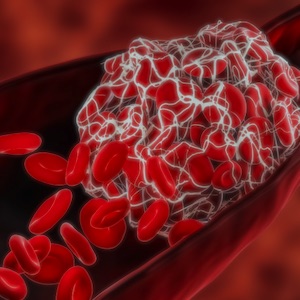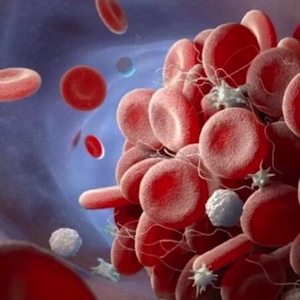Original Articles
Vol. 4 No. 3 (2025)
Still unmet problems with low molecular weight heparin prophylaxis of venous thromboembolism. An Italian survey

Publisher's note
All claims expressed in this article are solely those of the authors and do not necessarily represent those of their affiliated organizations, or those of the publisher, the editors and the reviewers. Any product that may be evaluated in this article or claim that may be made by its manufacturer is not guaranteed or endorsed by the publisher.
All claims expressed in this article are solely those of the authors and do not necessarily represent those of their affiliated organizations, or those of the publisher, the editors and the reviewers. Any product that may be evaluated in this article or claim that may be made by its manufacturer is not guaranteed or endorsed by the publisher.
Published: 3 October 2025
19
Views
11
Downloads
Similar Articles
- Giovanni Tiscia, Elvira Grandone, Talking about assisted reproductive techniques and thromboembolic risk: everything we always wanted to know , Bleeding, Thrombosis and Vascular Biology: Vol. 1 No. 2 (2022)
- Jingnan Huang, Delia I. Fernández, Jinmi Zou, Xueqing Wang, Johan W.M. Heemskerk, Ángel García, Restrained glycoprotein VI-induced platelet signaling by tyrosine protein phosphatases independent of phospholipase Cγ2 , Bleeding, Thrombosis and Vascular Biology: Vol. 2 No. 3 (2023)
- Bianca Clerici, Mariangela Scavone, Gian Marco Podda, Recent advances in classic heparin-induced thrombocytopenia (HIT), autoimmune HIT, spontaneous HIT, and vaccine-induced immune thrombotic thrombocytopenia , Bleeding, Thrombosis and Vascular Biology: Vol. 3 No. 2 (2024)
- Marcello Baroni, Paolo Ferraresi, Nicole Ziliotto, Daria Bortolotti, Pierfilippo Acciarri, Nicola Martinelli, Giovanna Marchetti, Matteo Coen, Francesco Bernardi, Protein S on the surface of plasma lipoproteins: a potential mechanism for protein S delivery to the atherosclerotic plaques? , Bleeding, Thrombosis and Vascular Biology: Vol. 1 No. 3 (2022)
- Benedetta Izzi, Simona Costanzo, Alessandro Gialluisi, Amalia De Curtis, Sara Magnacca, Teresa Panzera, Augusto Di Castelnuovo, Maria Benedetta Donati, Chiara Cerletti, Marc F. Hoylaerts, Giovanni de Gaetano, Licia Iacoviello, *on behalf of the Moli-sani Study Investigators, Platelet distribution width is associated with cardiovascular mortality in an adult general population , Bleeding, Thrombosis and Vascular Biology: Vol. 2 No. 3 (2023)
- Rita Carlotta Santoro, Roberto Minici, Marzia Leotta, Mariapia Falbo, Lucia Concetta Elia, Francesca Leo, Antonella Ierardi, Alessandra Strangio, Simona Prejanò, Vaccine-induced immune thrombotic thrombocytopenia following ChAdOx1 nCoV-19 vaccine: report of two cases , Bleeding, Thrombosis and Vascular Biology: Vol. 1 No. 2 (2022)
- Bianca Rocca, Emma Hansson, Milan Milojevic, Anders Jeppsson, 2024 EACTS guidelines on perioperative medication in adult cardiac surgery: embracing precision medicine driven by strong evidence-based methodology , Bleeding, Thrombosis and Vascular Biology: Vol. 4 No. 2 (2025)
- Boris Shenkman, Ivan Budnik, Yulia Einav, Interaction between adenosine diphosphate receptors and protein-kinase C isoforms in platelet adhesion under flow condition , Bleeding, Thrombosis and Vascular Biology: Vol. 2 No. 1 (2023)
- Daniela Poli, Emilia Antonucci, Gualtiero Palareti, Roberto Facchinetti, Pietro Falco, Giuseppina Serricchio, Teresa Lerede, Lucilla Masciocco, Paolo Gresele, Sophie Testa, Major bleedings in mechanical prosthetic heart valves patients on Vitamin K antagonist treatment. Data from the PLECTRUM Study , Bleeding, Thrombosis and Vascular Biology: Vol. 1 No. 2 (2022)
- Massimo Franchini, Polycythemia vera and management of the thrombotic risk: an update , Bleeding, Thrombosis and Vascular Biology: Vol. 2 No. 4 (2023)
You may also start an advanced similarity search for this article.











